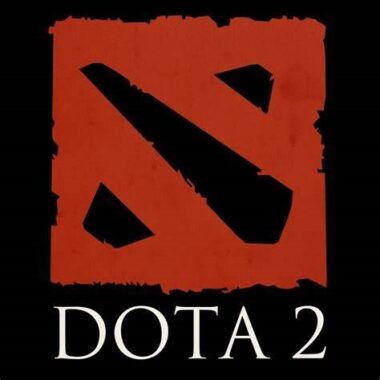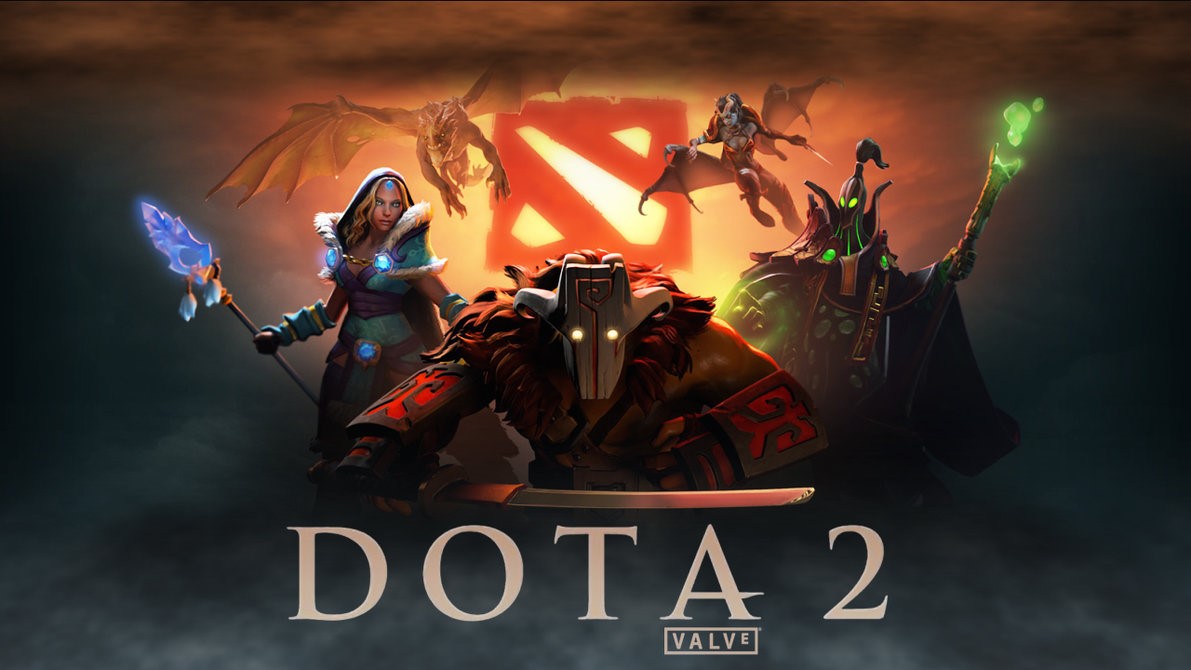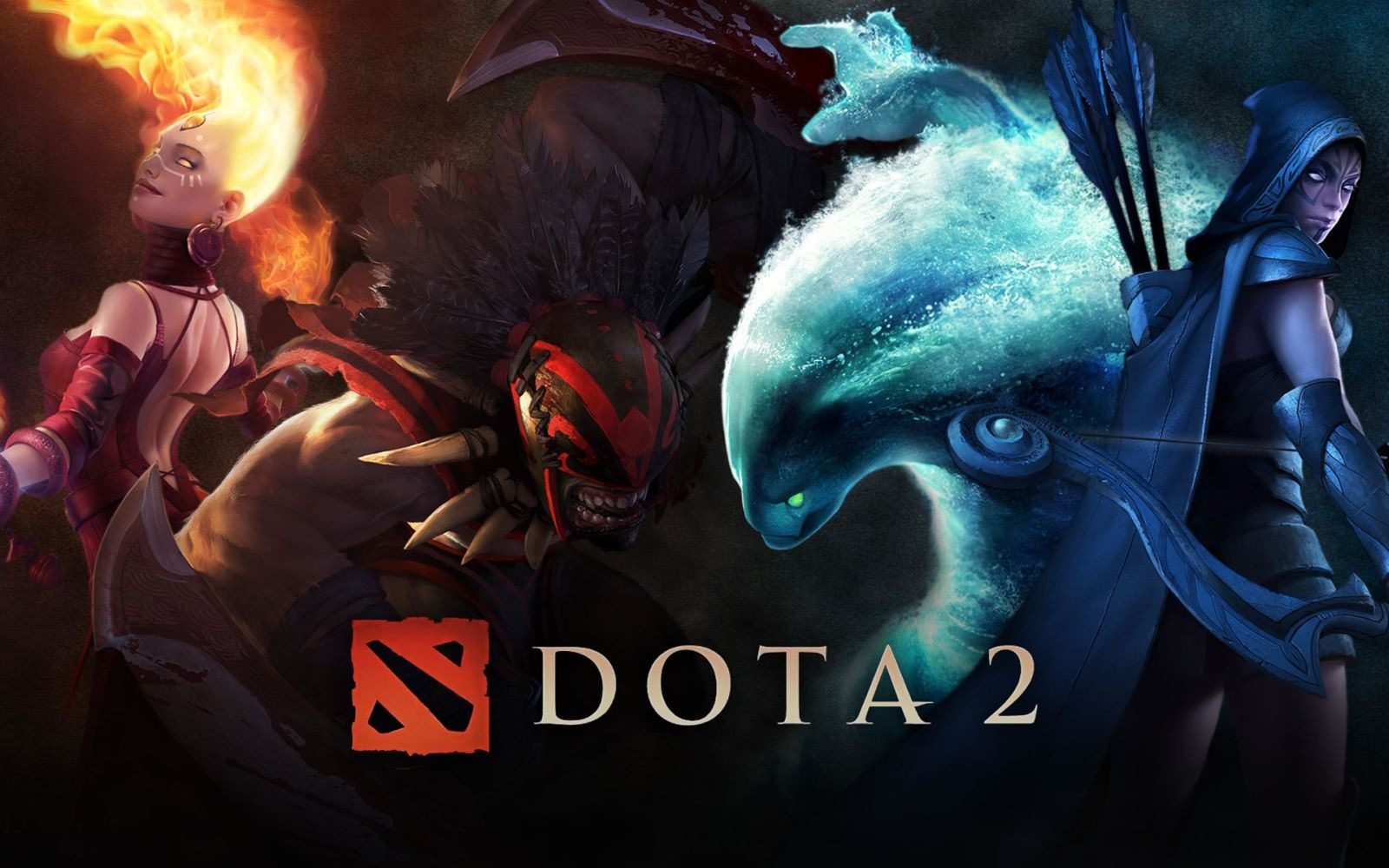Dota 2 has been a dominant force in the MOBA genre for over a decade. Known for its complexity, steep learning curve, and rich esports culture, Dota 2 is a game where strategy, teamwork, and skill intersect. In this review, we will explore various facets of Dota 2, including its gameplay mechanics, hero selection, updates, and community.
1. The Legacy of Dota and the Birth of Dota 2
Dota 2 is a direct sequel to the popular Defense of the Ancients (DotA), a mod for Warcraft III.
With the success of DotA, Valve acquired the rights to develop Dota 2 as a standalone game, bringing improved graphics, enhanced mechanics, and a polished gameplay experience.
DotA’s Influence
Many of the mechanics and strategies in Dota 2 originate from DotA, which paved the way for the MOBA genre.
Players familiar with DotA found Dota 2 to be a natural transition with many beloved elements carried over, but also significant improvements in terms of balance and usability.
2. Gameplay Overview: A Battle of Strategy and Skill
Dota 2 is a 5v5 game where two teams fight to destroy the opposing team’s Ancient, a large structure located in their base.
Players must carefully manage resources, control the map, and choose heroes that complement their team composition.
Team Composition and Roles
Each team needs a mix of roles such as Carry, Support, Mid, and Offlaner to create a balanced lineup.
Understanding these roles is crucial to winning, as each one brings unique responsibilities that directly impact the game’s outcome.
3. Heroes and Their Roles in Dota 2
Dota 2 boasts a massive roster of over 120 heroes, each with unique abilities, strengths, and weaknesses.
Heroes are divided into roles that define their place in the game, such as Carries (late-game powerhouses), Supports (helping their team), and Gankers (who excel at killing enemies early in the game).
Choosing the Right Hero
Selecting the right hero is critical and often based on the opposing team’s picks and your team’s strategy.
Beginners may gravitate toward heroes that are easier to learn but mastering the entire hero pool takes years.
4. The Importance of Teamwork and Coordination
Dota 2 is heavily reliant on teamwork and communication.
Even the most skilled player will struggle to carry a team without proper coordination. Each player must know their role and work with the team to secure objectives and win the game.
Communication is Key
Good communication helps teams coordinate attacks, plan strategy, and secure crucial objectives like Roshan or Towers.
Using tools like in-game voice chat or pings can enhance team synergy and improve performance.
5. Game Phases: Early, Mid, and Late
Every Dota 2 match is divided into three phases: the early game, mid game, and late game.
Each phase has distinct objectives and playstyles that shift based on the progression of the match.
Early Game Focus
The early game is all about farming and establishing dominance in the lanes.
Winning the laning phase can give your team a critical advantage as the game progresses into the mid and late phases.
6. Items: The Key to Victory
Dota 2 features an extensive item shop where players can purchase equipment to enhance their hero’s abilities.
The right items can make or break your performance, and they need to be tailored to the specific game scenario.
Flexible Itemization
Items like Blink Dagger or Black King Bar are staples for many heroes, but situational items like Lotus Orb can change the course of the game.
Experienced players know how to adapt their builds based on the enemy’s team composition and game situation.
7. The Dota 2 Community and Learning Resources
The Dota 2 community is a mix of veterans and newcomers, making it a rich environment for learning.
While the game is infamous for its steep learning curve, there are many resources to help new players improve, such as guides, YouTube channels, and forums.
Dealing with the Learning Curve
New players should focus on mastering one or two heroes and learning the basics of lane control, map awareness, and last-hitting.
The complexity of Dota 2 can be overwhelming at first, but patience and practice are key to improvement.
8. Esports and Competitive Scene
Dota 2 has a thriving esports scene, headlined by The International (TI), one of the largest tournaments in gaming.
Teams from around the world compete for multi-million-dollar prize pools, with intense matches that showcase the highest level of skill and strategy.
The International: The Pinnacle of Esports
Every year, Dota 2’s International breaks records with its prize pool, which is largely crowdfunded by the game’s player base.
The tournament not only highlights the best talent but also sets new trends in the game’s evolving meta.
9. The Constant Updates and Patches
One of Dota 2’s strengths is Valve’s commitment to regular updates and patches.
These updates keep the game balanced and exciting, with new content, heroes, and gameplay mechanics that ensure the game remains fresh.
Patch Changes and Meta Shifts
Patches can completely change the meta, buffing or nerfing heroes, adjusting items, or even altering the map itself.
Players must adapt quickly to these changes to stay competitive, making Dota 2 a game that is constantly evolving.
10. Conclusion
Dota 2 is a game that offers unparalleled depth and complexity for those willing to invest the time to learn it.
Its combination of team-based strategy, hero diversity, and evolving meta make it one of the most rewarding MOBA games available. Whether you’re a competitive player or someone looking to enjoy casual matches with friends, Dota 2 delivers a rich and fulfilling experience.









